Regional content – Driver for next phase of OTT growth?
With growing demand for content in one’s mother tongue, there is a huge growth potential for regional content. Besides, dubbing international as well Hindi content in regional languages has expanded the scope of this market. While the regional markets are still at the nascent stage, the pace of growth is fast and it can be a game changer in the next phase of growth for the OTT business.
As per industry estimates, the OTT industry is estimated to be a $500 million industry and by 2025 can touch $1.5 billion. About 30 per cent of the total content consumption happens on OTT.
‘Regional Content – Driver for Next Phase of OTT Growth?’ was discussed at length at SCREENXX 2020. Joining in the discussions were:
Ashish Pherwani, Media and Entertainment Leader, EY India (Moderator)
Jayakrishnan S, Co-Founder, Mainstream TV
Vishnu Mohta, Co-Founder, hoichoi
Kranti Gada, COO, Shemaroo Entertainment
Divya Dixit, Senior Vice President and Head of Marketing, Revenue and Analytics, ALTBalaji
Preetham Venkky, President - Digital, DDB Mudra Group
Giving his observations on how he sees pricing subscription in the market, Vishnu Mohta said, “Pricing is basically based on the value the consumer derives from your content or offering. The way we price ourselves right now, we only have an annual plan which has worked great for us. When we removed our smaller subscriptions, we worried about the consumer behaviour, however our consumers moved to the annual subscription and this decision worked in our favour. We are able to charge a premium as compared to many in the market.”
Jayakrishnan S added here, “As a start-up, we had a massive mountain to climb in terms of getting users and getting into the heads of people. First thing we decided to do was put it on an AVOD model. The biggest factor is content and people are willing to play a premium for good content. Earlier, this only existed in Tier 1 cities, but now after Jio, it has moved on to the Tier 2 and Tier 3 markets. Price points will still need to be affordable for further penetration in the market.
While noting that Shemaroo functions in four different languages, Ashish Pherwani wanted to know from Kranti Gada about the secret behind getting absolute relevance in terms of content in regional markets. Gada responded by saying, “It’s really important to be entrenched in these markets even apart from OTT. This is just one more way for us to connect with these audiences. Especially in Gujarati, Marathi and Punjabi, we’ve been in these markets since 2005 as producer of shows, films and music. We have multiple touch points with the consumer and they have a connect with the brand in the local context. It’s important to nurture the entire ecosystem, customising your offerings for the consumer and being relevant for the regional audience.”
While explaining the difference in play in the metros versus Tier 2 & 3 markets as a Hindi OTT platform, Divya Dixit said, “Balaji has been producing shows for the longest time and hence, we have a broad understanding of the consumers and their likes and dislikes. Translating this into digital was the starting point for ALTBalaji. Nobody has cracked the code for OTT yet and we are all just experimenting to see what works and what doesn’t. Apart from the global audience, we target two main markets in India – which is the metros and the smaller tier markets. We divide content in these markets according to the sensibilities and relatability of the people. Then there are certain shows that don’t only work across India, but have done well for us globally too. Selecting content is a personal choice and to drive user growth it is important to have a wide and deep engagement.”
Giving her perspective on the ad rates of these platforms and how they vary from national to regional platforms, Preetham Venkky said, “There has always been a slight difference between national and regional platforms in terms of what they can charge on a CPM basis. Two important factors are overall reach and the time spent pattern of the consumers. The metro audiences do tend to spend more and hence, ads on those platforms can be charged a premium as compared to regional markets. Content is going to be extremely important to define what the ad rates charged can be.”
Catch the complete discussion here:



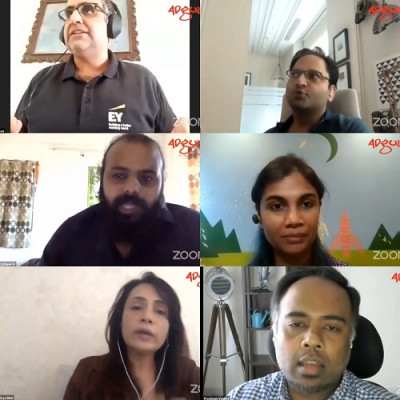



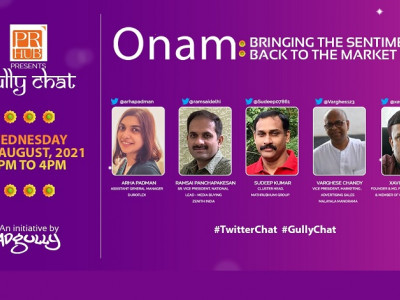
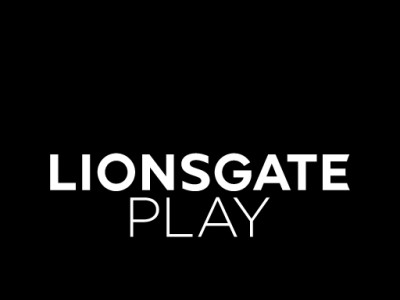



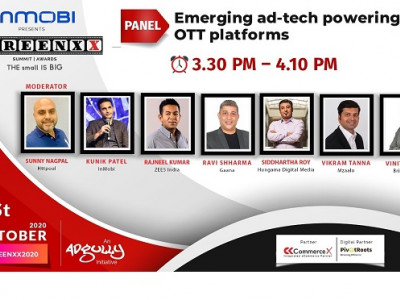


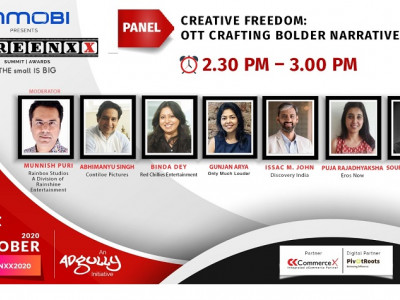


Share
Facebook
YouTube
Tweet
Twitter
LinkedIn